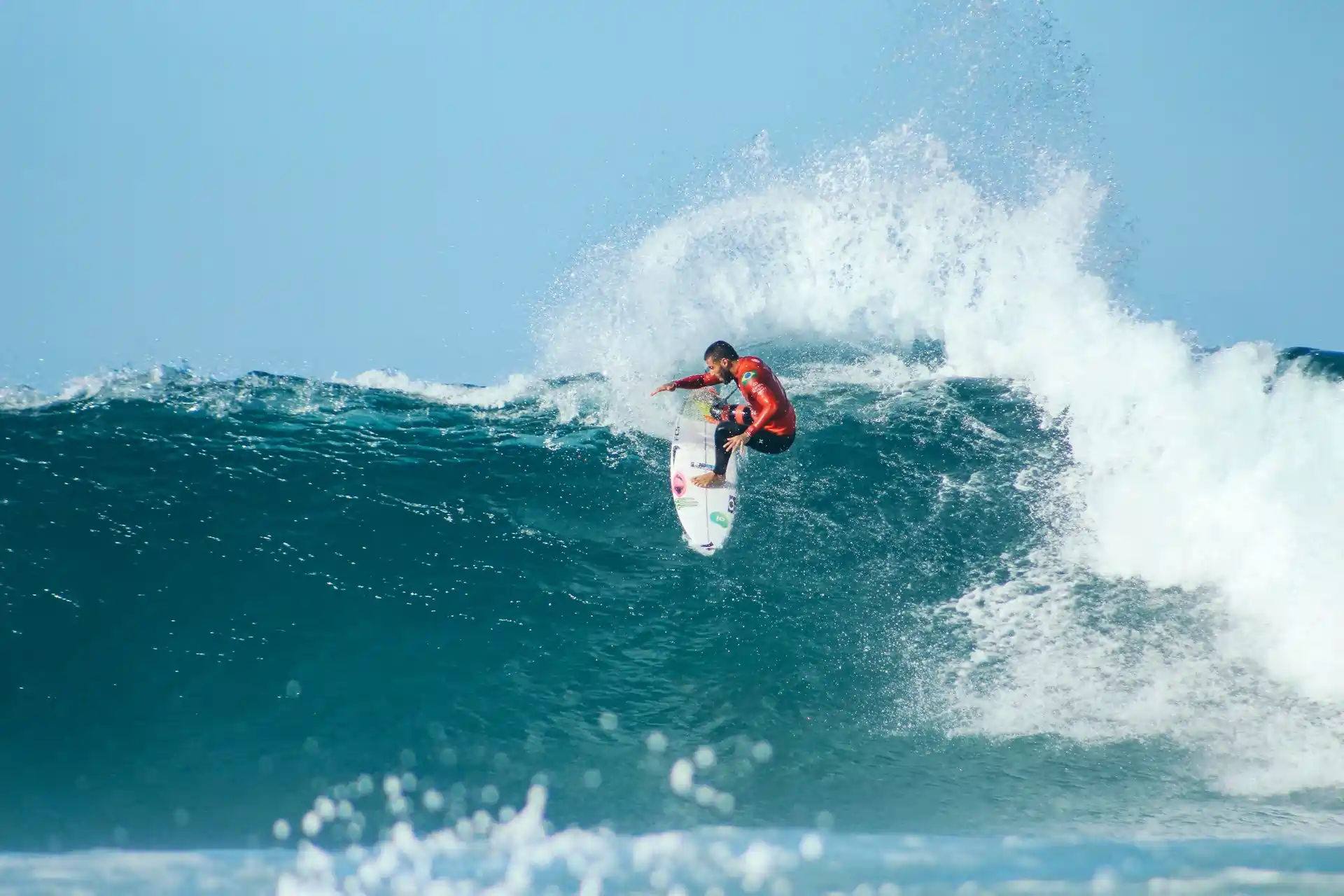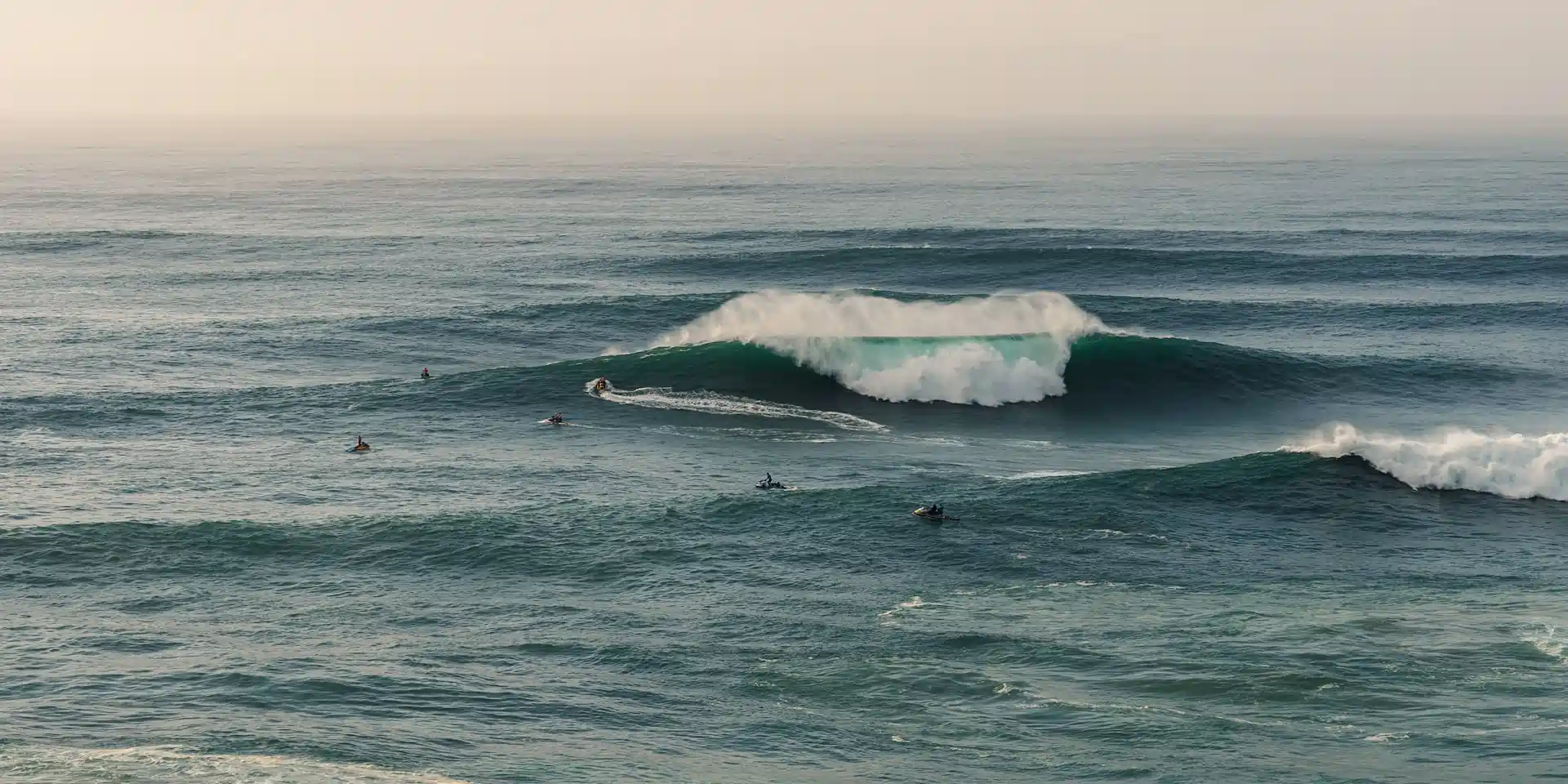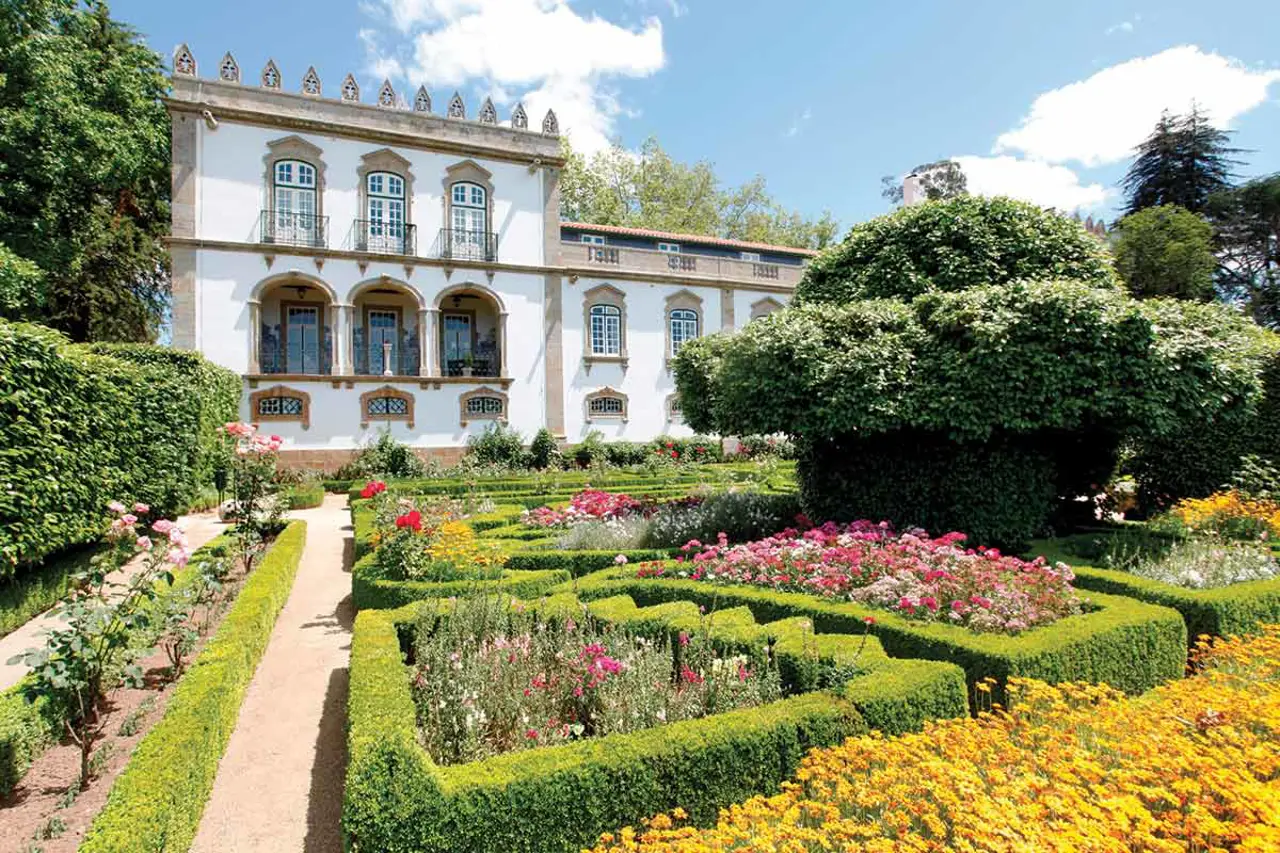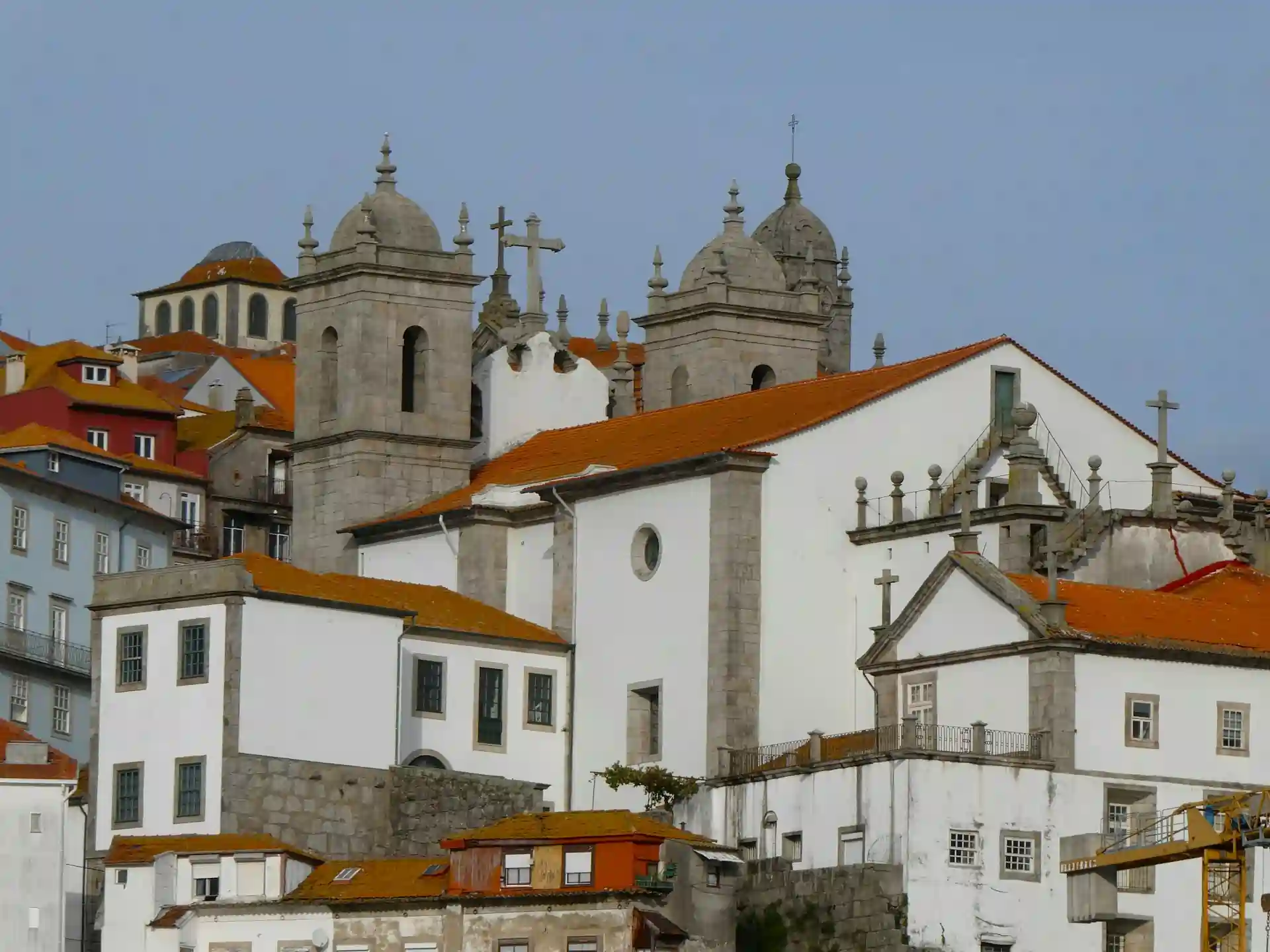
Nazare: Home of the World’s Biggest Waves
Nazare, Portugal—a centuries-old fishing village just an hour and a half north of Lisbon—has become famous not just for its seafood and traditional culture, but for its colossal waves. In the winter months, Nazare transforms into a surfer’s paradise, where waves can reach up to 100 feet, making it the location of the largest waves ever surfed.
Growing up as a surfer in Huntington Beach, California, I’ve always been fascinated by big wave surfing, and visiting Nazare to witness the gigantic waves has been a long-time dream. While my home breaks rarely exceed six feet, Nazare’s winter swells reach jaw-dropping heights, creating the ultimate challenge for big wave surfers. These waves are so large that they require surfers to be towed in by jet skis to catch them early enough to ride.
The Evolution of Big Wave Surfing
Traditional surfing, where a surfer paddles out and catches a wave, is challenging enough. But when it comes to waves over 30 feet, paddling becomes ineffective. Enter the innovation of tow-in surfing, pioneered by surfers at Jaws beach in Hawaii. Using boats and later jet skis, surfers could be towed at high speeds to catch massive waves, giving birth to big wave surfing. This shift in technique allowed surfers to conquer waves that were previously thought impossible, leading to a quest for the biggest wave ever surfed.
Why Nazare?

The global hunt for the largest waves eventually led to Nazare, a small, quiet village with a deadly reputation for its monstrous winter swells. Garrett McNamara, a pioneer of big wave surfing, visited Nazare in 2010 and was intrigued by the massive waves generated by a unique underwater canyon. With the help of the Portuguese Navy, McNamara spent a year studying the area’s ocean dynamics. In November 2011, he set a world record by surfing a 78-foot wave at Praia do Norte, drawing international attention to the previously under-the-radar town of Nazare.
What Makes Nazare’s Waves So Special?
The incredible size and power of Nazare’s waves are due to a combination of geographical factors. The Nazaré Canyon, an underwater trench stretching hundreds of miles into the Atlantic, channels and amplifies the energy of ocean swells. As the waves race toward Nazaré’s shores, the canyon’s funnel shape focuses the energy toward a specific point—Praia do Norte. Additionally, a longshore current helps push the waves upward, creating the gigantic walls of water that have become iconic in the surfing world.
A Global Surfing Destination
Nazare is now firmly established as a premier location for big wave surfing, with professional surfers flocking to Praia do Norte every winter in hopes of breaking records. Of the five largest waves ever surfed, four were caught in Nazare, with the current world record set by Sebastian Steudtner, who rode an 86-foot wave. The town’s newfound fame has boosted tourism year-round, attracting surfers and spectators alike.
My Pilgrimage to Nazare
When I visited Nazare in September, I wasn’t expecting to see the record-breaking waves of winter, but standing on the cliffs near the iconic Fort São Miguel Arcanjo was surreal nonetheless. This ancient fort, perched on the edge of the Atlantic, now serves as a museum dedicated to the history of big wave surfing. Inside, I saw the surfboards used by legends like McNamara and Steudtner to set world records. Even on this calm September day, the waves were an impressive 20 feet—imagine how awe-inspiring they’ll be in just a few months when they swell to nearly 100 feet.
A Place of Wonder and Challenge

Nazare’s unique geography and intense waves make it a holy grail for surfers, but it’s also a place of beauty and tradition. The small village, with its colorful boats and bustling seafood markets, retains its charm even as it welcomes surfers from across the globe. Visiting Nazare was a bucket-list experience, and while I may never ride a 100-foot wave, standing on the cliffs and watching the power of the Atlantic was a reminder of the awe-inspiring nature of this sport.
When to Visit Nazaré
If you want to witness the biggest waves, plan your visit between October and March, when the winter swells are at their peak. However, even outside of this season, Nazare is a charming coastal town with beautiful views, delicious seafood, and a rich cultural history that makes it a fantastic destination year-round.
norte nazare

